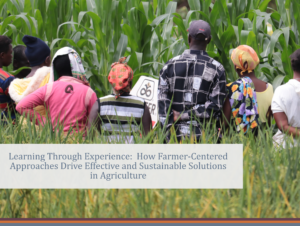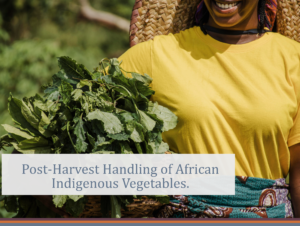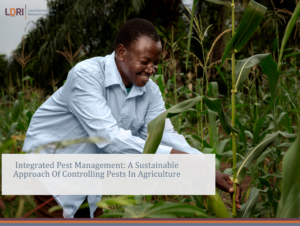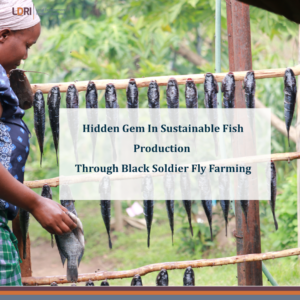![]()
Nutrition-Sensitive Agriculture: the way to go
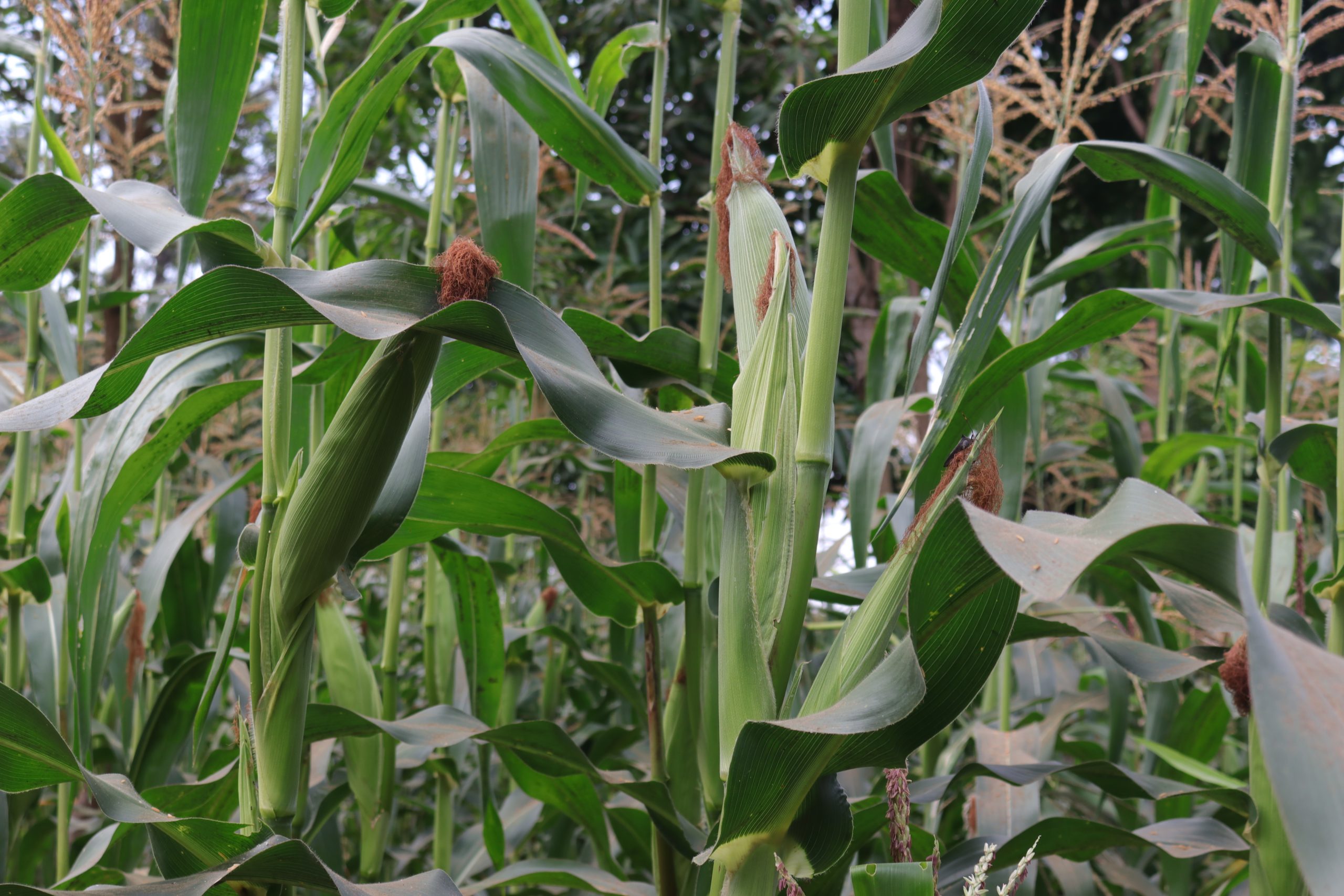
Agriculture is the mainstay of Kenya’s economy, currently contributing about 33% to the Gross Domestic Product (GDP). The sector accounts for about 65% of Kenya’s total exports; employs more than 80% of the population and is a source of livelihood for close to 80% of the Kenyan population living in the rural areas (KNBS, 2016). Agriculture is one of the main pathways contributing to poverty reduction and food and nutrition security. However, more than 3.4 million Kenyans are facing severe food insecurity and around 400,000 children under the age of 5 are malnourished. With malnutrition being the leading cause of death in children, something should be done to prevent this hunger. Some of the root causes of hunger in Kenya are poverty, unemployment and underemployment, landlessness, the poor performance of the agricultural sector, unpredictable weather, the maize syndrome, and socio-political issues that affect access to food.
The agricultural sector presents key opportunities for improving nutrition and health. However, this connection is often not given due attention, despite parallel initiatives across these sectors. The most intuitive linkage between agriculture and nutrition is food production, but the relationship goes far beyond. Agriculture plays an important role in providing nutritious foods and sustainable livelihoods especially for the smallholder farmers living in rural areas. Without agriculture, there is little food or nutrition. The availability of food from agriculture nevertheless doesn’t guarantee good nutrition. Agricultural livelihoods affect the nutrition of individual household members through multiple pathways and interactions. The pathways are not always linear, and there are many interactions among them. They include;
1) Food production, which can affect the food available for household consumption as well as the price of diverse foods. Adequate food production is dependent on the availability of appropriate inputs and extension information. Food and nutrient consumption is directly affected by the types of foods households produce, especially in the case of subsistence agriculture.
2) Increased income from the sale of agricultural commodities and greater farm productivity. This pathway only contributes to improved nutrition if the greater farm income is translated into the purchase of adequate nutritious foods. The poor are overwhelmingly located in rural areas and derive a significant share of their income from agricultural activities. Given the importance of agriculture for the livelihoods of the rural poor, agricultural growth has the potential to greatly reduce poverty, which is a key contributor to poor health and undernutrition.
3) Women’s empowerment. Women are the key contributors to household food security and the health and nutrition status of other household members. Through greater control and decision-making powers by women in both the productive and domestic domains, women’s preferences and priorities are more reflected in the agriculture nutrition chain. Acting on all of these routes is the enabling environment for nutrition.
Agriculture and household nutrition can thus be achieved by establishing a link between diversity in crop production, dietary diversity, and women empowerment. Crop and dietary diversity among small-scale farmers are believed to be spearheaded by women empowerment. This may enhance household food security and also improve the nutritional status of children since women are predominantly the caregivers in the household.
To enhance agricultural productivity and incomes, the agriculture sector must pay even more attention to nutrition. Apart from promoting increased farm productivity, agriculture should be nutrition-sensitive. Nutrition sensitive agriculture introduces and promotes the production of nutritionally rich foods and also promotes income-generating strategies and nutrition-related education which positively impact production and consumption patterns concerning improved nutrition at the household and community level.
All in all, nutrition-sensitive agriculture puts nutritionally rich foods, dietary diversity, and fortification of food crops at the heart of overcoming malnutrition and micronutrient deficiencies. Examples of interventions in the area of nutrition-sensitive agriculture include; introduction of new (nutritious) crops and animals that are high in specific nutrients, promotion of agricultural practices that enhance soil fertility, crop diversity, and yields, the introduction of storage techniques, and small-scale processing infrastructure, the establishment of kitchen gardens, setting in place of special programs focusing on education related to nutrition, safe food preparation, use of safe drinking water, improving hygiene, etc. and promoting agricultural policy that aims at improving food and nutrition security among others. Improved nutrition, in turn, supports the agriculture sector through the provision of family labor by enhancing rural people’s ability to undertake the strenuous tasks involved in farming.
To improve food nutrition and security, the government, donor agencies, and other development organizations should promote nutrition-sensitive agriculture at the household level to increase the availability, access, and utilization of nutritious foods. Addressing food security issues also requires the involvement of the public and private sector in fighting hunger bearing in mind that improving nutrition is a shared responsibility of all Kenyans. Therefore, the need for effective coordination alongside collaborative planning and programming through multi-sectoral approaches at the county, national, and community levels are all necessary to speed up food nutrition and security attainment.
Local Development Research Institute (LDRI) has been implementing an extension support program in Kiambu and Embu County that aims at ensuring farmers have access to extension information, appropriate inputs to increase their maize productivity thus eventually becoming food secure. The project has improved the delivery of agricultural extension and advisory services through the identification and training of self-employed Village Based Advisors (VBAs). In this project, apart from concentrating on maize value chains, farmers are also advised to grow other crops like vegetables and legumes to ensure they are nutritionally sufficient. Also, through the increase in yields, farmers can produce enough maize for their household consumption and surplus for sale thus improving their household income which can be used to purchase other nutritious food and non-food stuff. The project also empowers women through the commercialization of farming as the larger proportion of VBAs are women and we know women are the primary caregivers in most households.
For instance, Rosemary is a VBA from Nadiya Ward in Limuru SubCounty, Kiambu County. Apart from growing maize, she also grows different legumes, exotic and indigenous vegetables, to ensure that her family has access to an adequate and nutritious diet at all times. Sometimes she sells surplus dry maize to acquire other food and non-food stuff thus ensuring that there is diversity in her household diet.
Rosemary weeding her kales and legumes farm

